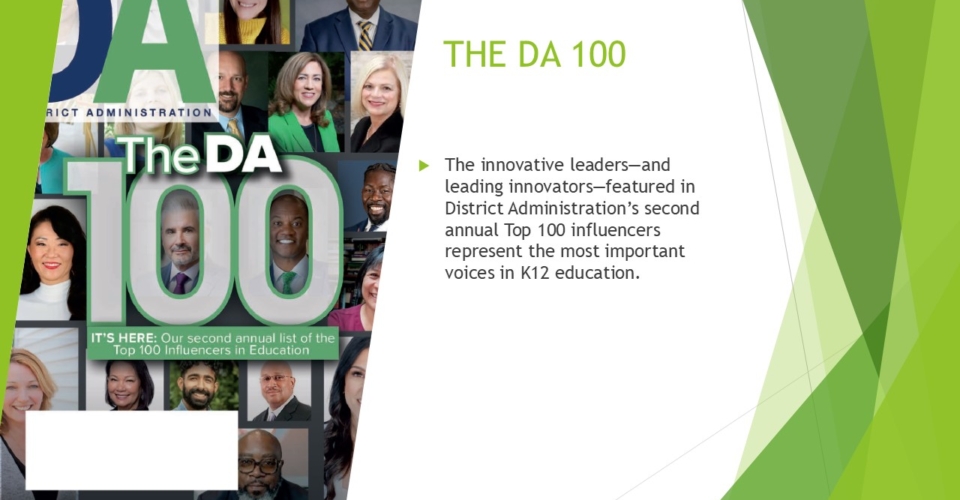One of the most transformative experiences of my 20-year career in education was helping transition a traditional elementary school into an award-winning science and technology magnet school. When completed, student engagement grew, attendance improved and test scores soared. Science instruction became the key to unlocking success across other subjects.
Recognizing the potential for broader impact, I took a position with the Nevada Department of Education as the state’s first elementary science programs professional. In this role, I support schools and districts across Nevada in prioritizing science education.
The challenge: Science is being sidelined
For many reasons, science is often overlooked in elementary classrooms. According to research from National Academies, the average elementary classroom devotes less than 20 minutes per day to science, and more than two-thirds of elementary teachers feel unprepared to teach it.
One common misconception is that science lessons are effective because students are engaged in a hands-on activity. While hands-on learning is important, it must be paired with opportunities for students to explore phenomena and demonstrate their understanding in multiple ways.
For example, instead of having all students use the same materials to create identical models of the water cycle, teachers should provide opportunities for students to design their own models, recognizing that the models won’t all look the same. Encouraging different representations supports creativity and understanding. This approach turns science into a rich experience of discovery, rather than a craft project.
A better approach is to facilitate learning by giving students clear criteria and constraints and allowing them to design their own models. Students should represent their learning in a variety of ways, including sketches, physical models, or written explanations. True student-centered learning is where innovation and critical thinking flourish.
The solution: Integration and intentional support
One way to ensure science is consistently taught in elementary classrooms is through integration. Maximum use of instructional time occurs through content integration.
In these schools, content is no longer isolated. As students read about ecosystems, they use that knowledge to explore a scientific phenomenon that allows them to go deeper and spend more time investigating and applying their learning. Instruction is most effective when guided by curiosity and exploration.
But integration alone is not enough. Science education thrives when teachers have the necessary support and resources.
More from DA: Education Department touts wave of Title IX investigations
Administrators play a crucial role by setting expectations and ensuring that science is valued alongside other core subjects. It is also helpful when school leaders provide teachers with high-quality resources, collaborative planning time and access to professional learning opportunities.
Teachers who frame lessons with open-ended questions spark curiosity about the phenomenon being investigated. For example, rather than stating a science standard like, “Students will learn about erosion,” the teacher might instead ask, “How does water shape the land around us?”
This simple change encourages inquiry and discourse, and takes the level of understanding to a whole new level.
Nevada’s Portrait of a Learner and Personalized Competency-Based Learning initiatives align with this approach, as does the three-dimensional learning embedded in the Next Generation Science Standards.
These frameworks all emphasize students as active participants in their learning, encouraging them to solve problems, ask questions and collaborate. School leaders can take meaningful action by providing teachers with the tools, training, and flexibility to integrate science effectively.
Empowering administrators and teachers
Science should be taught with depth and purpose. Administrators lead the way by prioritizing science instruction and looking for key indicators of effective science instruction when visiting classrooms. This includes student-centered learning, diverse representations of understanding, and investigations driven by curiosity and real-world phenomena.
Teachers need trust and resources to feel confident teaching science. Tools like the Next Generation Science Standards Lesson Screener can help. Additionally, free resources like STEM Teaching Tools provide research-based strategies and practical examples to support three-dimensional learning. If you are looking for a place to start, try STEM Teaching Tools 21 and 43.
For administrators and teachers alike, Discovery Education’s Career Connect is an invaluable resource for bringing real-world relevance to the classroom. This tool introduces students to a diverse range of scientists and STEM professionals, showing them how the concepts they learn in school apply to careers and everyday life. When students can see themselves in these roles, they are more likely to engage with and develop an interest in STEM fields.
Administrators can support teachers with teaching standards by emphasizing their importance alongside instructional programs. Programs can be helpful instructional supports, but they work best when paired with the flexibility to meet the diverse needs of students.
Teachers who have space to adapt materials and make instructional decisions can create learning that is both standards-based and aligned with best practices.
Another powerful way to support teachers is to provide opportunities for them to see this work in action. Allowing teachers to visit a successful model school helps them visualize effective science instruction and bring practical ideas back to their own classrooms.
Looking ahead
Science education has the power to transform elementary classrooms into spaces where curiosity and learning come alive. By embedding science into daily instruction, promoting inquiry-based learning and making connections to real-world applications, schools can create meaningful learning experiences that lead to lasting success for both students and the school community.
When students take ownership of their learning, they engage more deeply, think critically and develop the skills they need to succeed—not just in science, but across all subjects. When teachers move beyond the traditional mindset of directing every step of the learning process, it leads to better outcomes for students and creates a more sustainable and fulfilling experience for educators.



